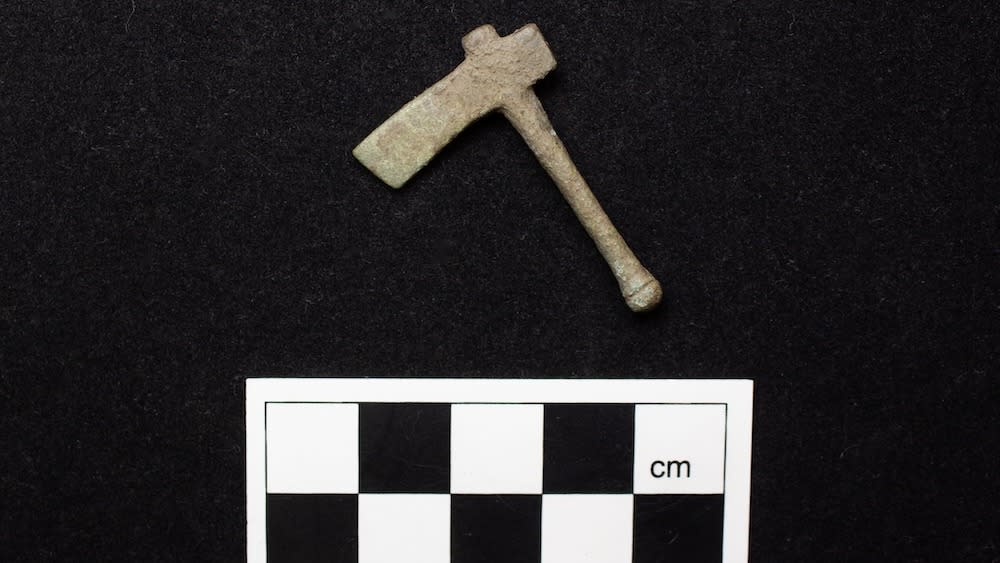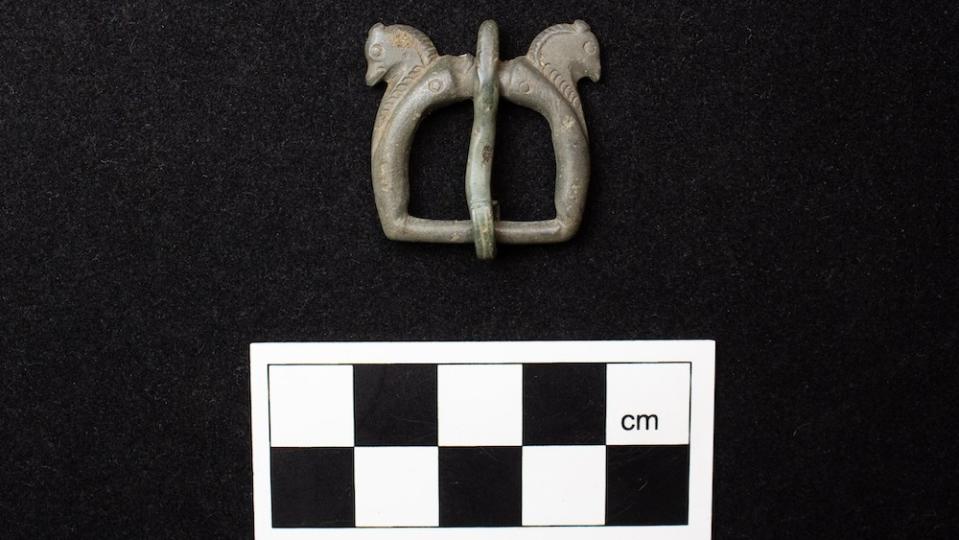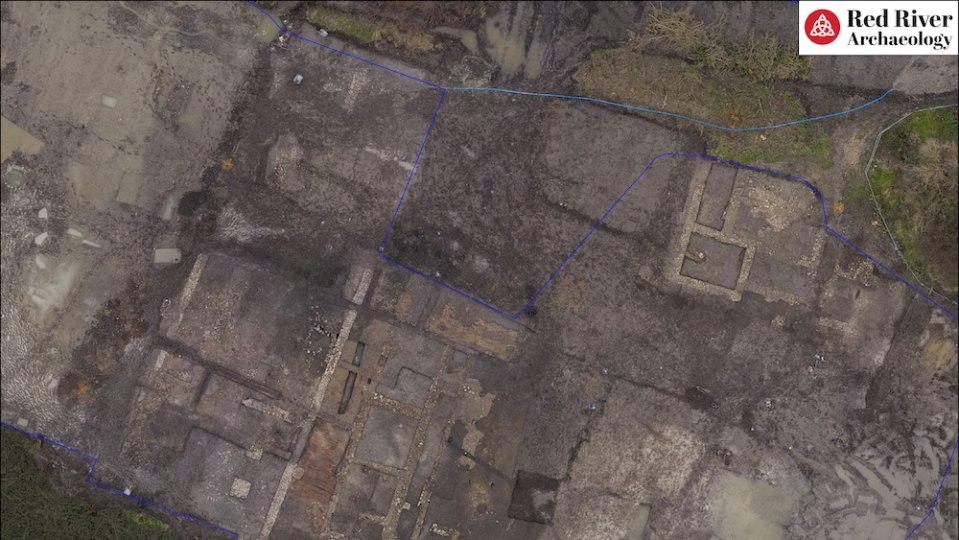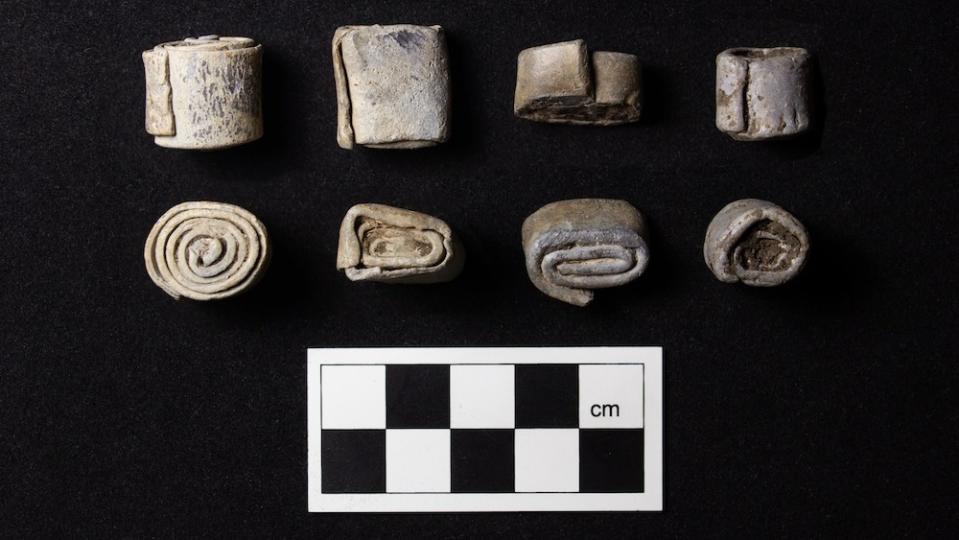'Richly decorated' Roman villa with 'curse tablets' and tiny axes unearthed in England

A "remarkable" Roman villa complex unearthed by archaeologists in England contains miniature axes and other artifacts that may have been used during rituals.
The rambling estate, located in the village of Grove in southern England, was used by humans as long ago as the Bronze Age. It was later home to a "richly decorated" Roman villa and aisled buildings embellished with painted plaster, mosaics, ornate tile work, colonnades, brick floors and other ornamentations, according to a statement from the Red River Archaeology Group (RRAG), the company that coordinated the excavations of the site.
Over time, the complex came to encompass several aisled buildings dating to the late first and second century. They hold four enormous column or post bases that are among the largest of their kind from the Roman era in Britain. Next to these buildings, archaeologists found a "winged-corridor" villa with multiple rooms connected by a central corridor.
"The sheer size of the buildings that still survive and the richness of goods recovered suggest this was a dominant feature in the locality, if not the wider landscape," Louis Stafford, a senior project manager at RRAG, said in the statement.
Related: Mysterious mosaics depicting Medusa uncovered at 2nd-century Roman villa
Based on the hundreds of artifacts unearthed there, researchers determined that the site, known as Brookside Meadows, was occupied by Romans from the first or second centuries until the late fourth or early fifth century, when Britain slipped out of Roman control.

"The site is far more complex than a regular rural site and clearly was an important center of activities for a long time, from the Bronze Age to the later Roman period," Francesca Giarelli, a project officer at RRAG, said in the statement.

RELATED STORIES
—Vast subterranean aqueduct in Naples once 'served elite Roman villas'
—Roman dodecahedron uncovered by amateur archaeologists in the UK
Archaeologists found coins, rings, brooches, red clay tableware, an oven for drying cereal grains and a horse-headed belt buckle. The belt buckle, which dates from A.D. 350 to 450, was likely worn by elites who were in the military or wanted to be associated with it, according to the statement.
The team also unearthed several palm-sized axes and an "enigmatic selection of tightly coiled lead scrolls" that, once unrolled, look similar to Roman "curse tablets." The axes and scrolls led researchers to think the items might have been used as part of a ritual.

Similar items used for offerings have been found at other cult or temple sites throughout England. These include the English village of Uley, where mini weapons from the Roman period are thought to be offerings given to the martial gods, and Farley Heath, a Roman temple in Surrey, south of London.

